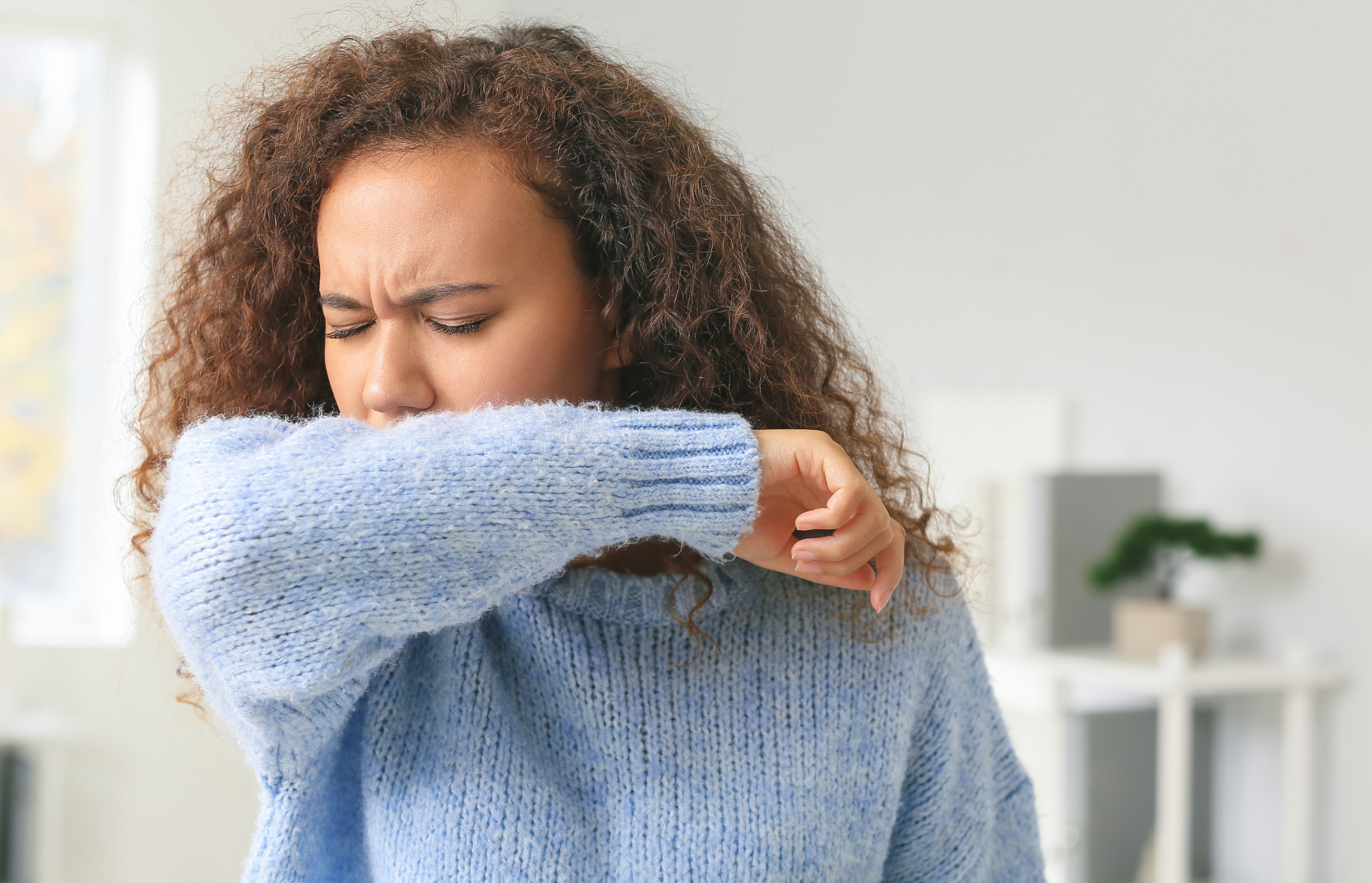On March 1, the Centers for Disease Control and Prevention (CDC) released new Respiratory Virus Guidance to help people lower health risks posed by a range of common respiratory viral illnesses like COVID-19, flu, and RSV.
If you think you have a respiratory virus, stay home and away from others if you are experiencing respiratory virus symptoms (fever, chills, fatigue, cough, runny nose, and headache, among others) that aren’t better explained by another cause.
When can you go back to normal activities?
You can resume normal activities when, for at least 24 hours, your symptoms are getting better overall AND you have not had a fever and are not using fever-reducing medication.
When you do go back to normal activities, take added precautions over the next five days such as taking additional steps for cleaner air, hygiene, masks, physical distancing, and/or testing when you will be around other people indoors.
Keep in mind!
Though you may be feeling better, you may still be able to spread the virus.
If you do develop a fever or start to feel worse after you have gone back to normal activities, stay home and away from others until, for at least 24 hours, both are true: your symptoms are improving overall AND you have not had a fever and are not taking fever-reducing medication. Take added precautions for the next five days.
For more information, visit About Preventing Spread of Respiratory Viruses When You’re Sick | Respiratory Illnesses | CDC.
Sources:
About Preventing Spread of Respiratory Viruses When You’re Sick | Respiratory Illnesses | CDC

